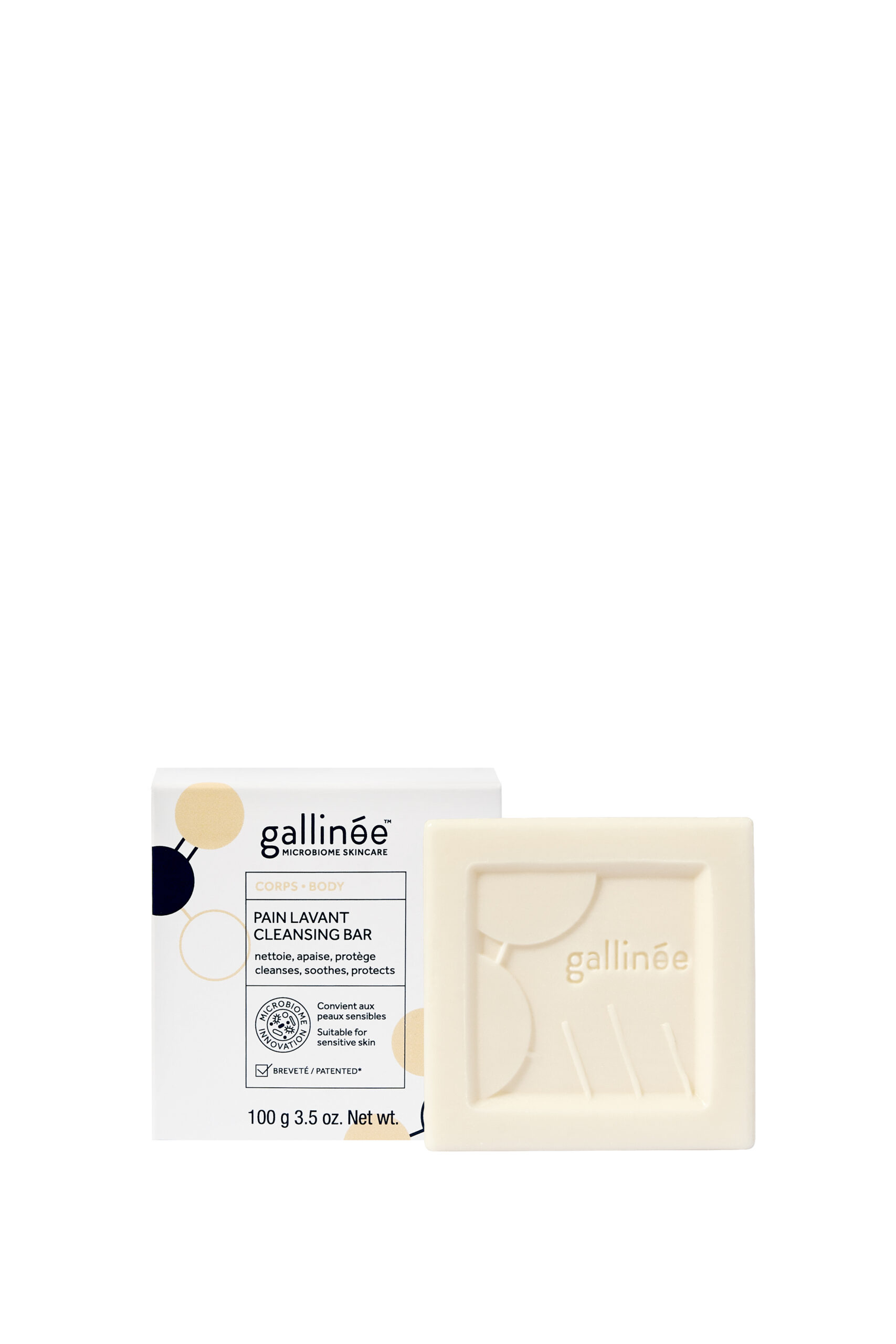Raise your hand if you are the one who discovered it!
The notion of pH was introduced by the Danish chemist Soren SORENSEN, when he was working on the manufacturing process of what saves our winter’s evenings (actually all our evenings): beer.
The pH what? We looked for what this abbreviation meant … and it could have been:
– Post Hibernation
– Potentially Hysterical
-…
But actually, pH means Potential of Hydrogen. It is a characteristic without unit, between 0 and 14, which measures the presence of ions hydrogen H+.
If it’s not clear, don’t panic! Let’s go for a little lesson: “pH for Dummies”.
The world is composed of atoms like carbon C, oxygen O, hydrogen H etc. To be more stable, these atoms compact and merge, to form molecules that we breathe, such as H20 water or oxygen 02.
It’s a bit like a cake at first, with all the ingredients divided, and after, out of the oven.
But in addition to stability, there is the notion of balance. It’s like a cycle: it’s not possible to have only the ingredients or only the cake.
Let’s have a small semi-scientific explanation:
The pH of the water is the reference:
H2O = H + + OH-
So in cake:
Brownie = Chocolate + + Butter – (and according to Milan which provides us with our brownie supply “very little flour”)
NB: The “+” gives the acid side and the “-” the basic side, but we can forget.
Here, there is as much chocolate as unprepared butter, so the pH is neutral (pH 7).
And for an acidic pH?
It happens when there is more chocolate than butter, more H than OH. This is the case on human skin.
For basic pH, it is the opposite, there is more butter than chocolate, more OH than H, this is the case on dogs’ skin for example.
So, if we keep going with our brownie story, Lactobacilli make chocolate to maintain the acidic pH value of the skin.
And why is pH so important?
Because it’s a chemical factor that influences the good health of our microbiome and of the skin.
A bad pH for the skin is a bit like a bad diet (in case you still don’t know that we are in love with food): you can’t eat only Mc Donald’s or even only green beans, we need both.
Does the pH differ according to the area of the body?
Yes, totally! Because we are made of many different structures, much like a castle (Friday is metaphors day):
| Staves | Digestive system | pH 1,5 to 3,5 |
| Roof | Scalp/Hair | pH 3,5 to 5,2 |
| Royal suite | Genitals | pH 3,5 to 4,5 |
| External walls | Skin | pH 4,5 to 5,2 |
| Fountains | Urine | pH 5 to 7,5 |
| Entrance Hall | Mouth | pH 6,3 to 6,6 |
| Corridors | Blood | pH 7,38 to 7,42 |
For example, Marseille soap’s pH is basic (pH 10), while the skin is acidic. According to a study, after using such a product, it takes nearly 6 hours for our skin to regain a physiological pH (between 4.5 and 5.2).
During this time, the skin is more vulnerable and the skin microbiota is damaged. Indeed, a basic pH causes a disorganization of the good bacteria while an acidic pH maintains its adhesion.
“Don’t touch to my pH, otherwise you will hear about my microbiome!”
As you may have understood, our products’ pH is acid, as close as possible to the natural pH of the skin.
We hope that you don’t want to eat brownies in a castle after reading this article, we swear, we don’t have shares in the industry of luxury brownie #ifonly.
Elo x Mathilde





















